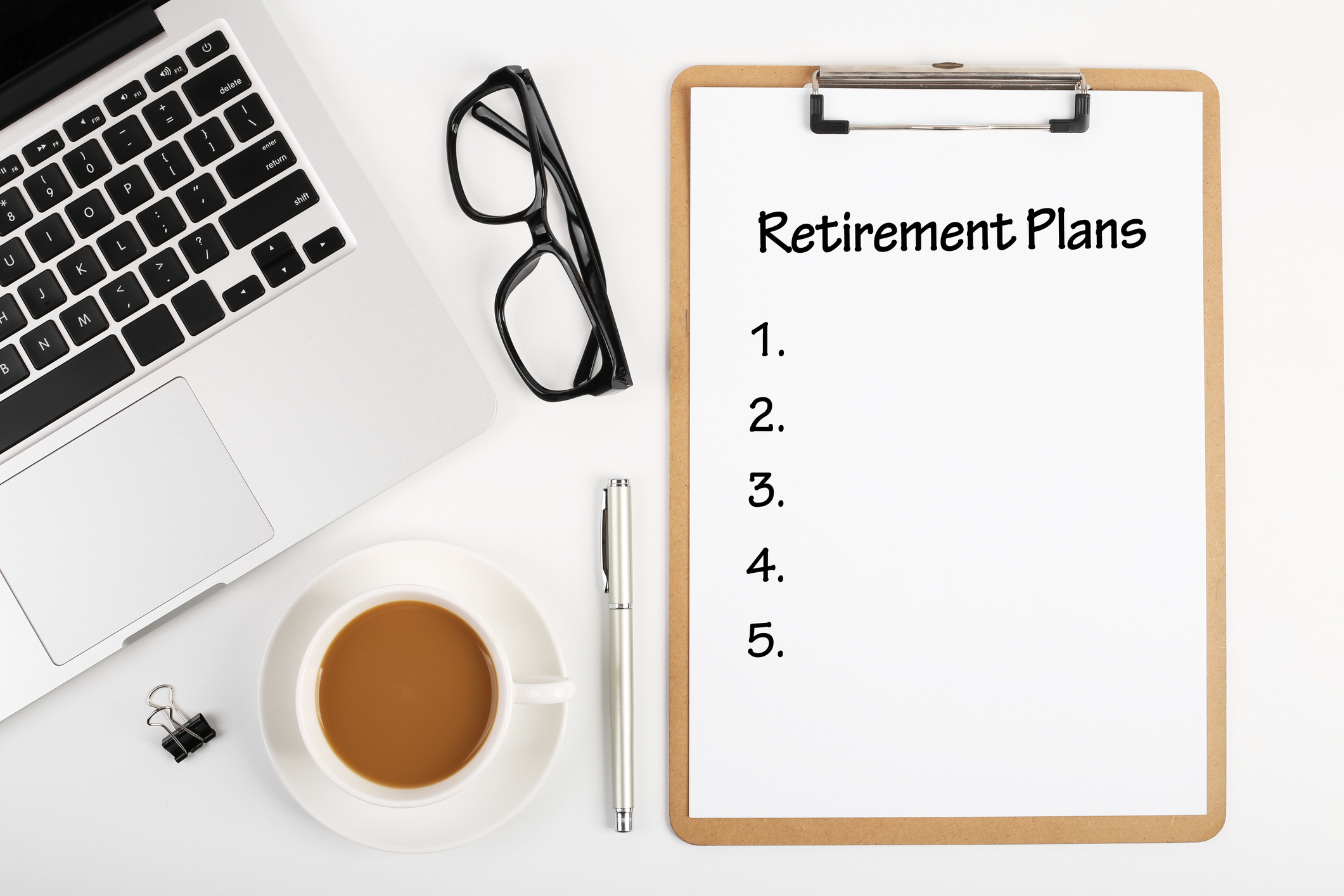Automatic 401(k) Saving Features No Fail-Safe to Retirement Success
Employees who rely on low default contribution rates set by employers may end up with an insufficient nest egg.

If your 401(k) is on autopilot, it may be time to grab the wheel.
A growing number of employers are adding automatic features to these workplace retirement-savings vehicles, typically sweeping new hires into the plans and setting workers' contributions at 3% of pay.
Workers can always opt out of the auto-saving features, but they usually don't—and their willingness to put savings on autopilot is both good and bad news. On the plus side, automation leads many who would otherwise save nothing to steadily sock away a slice of their paycheck. But the 3% default contribution rate favored by employers doesn't come close to the savings rate needed for a secure retirement: roughly 12% to 15%, experts say, including both worker and employer contributions. A 3% contribution isn't even enough to get the typical employer's full 401(k) matching contribution, meaning many workers are skipping the only free money they'll ever see.
From just $107.88 $24.99 for Kiplinger Personal Finance
Become a smarter, better informed investor. Subscribe from just $107.88 $24.99, plus get up to 4 Special Issues

Sign up for Kiplinger’s Free Newsletters
Profit and prosper with the best of expert advice on investing, taxes, retirement, personal finance and more - straight to your e-mail.
Profit and prosper with the best of expert advice - straight to your e-mail.
Employers' embrace of the 3% default gets more troubling when you quantify the benefits that could come with smarter automatic features. The Employee Benefit Research Institute recently looked at the potential impact on workers’ retirement success rates if plans that automatically enroll workers and increase participant contributions annually were to boost their initial default contribution rate to 6%. (EBRI defined retirement "success" as a 401(k) balance that, when combined with Social Security benefits, replaces 80% of preretirement income after adjusting for inflation. The study focused on younger workers with at least 30 years of 401(k) eligibility. EBRI assumed that workers' opt-out rates would remain stable and that workers would start over at the default contribution rate when changing jobs.)
The results: The simple jump to a 6% default contribution produced striking improvements in retirement success rates for workers across the income spectrum. With the higher default contribution, nearly three out of four workers in the lowest income quartile would be on the path to a secure retirement, EBRI projects, compared with just 62% under current default contribution rates. That means that more than a fourth of the workers previously on a collision course with retirement mayhem would have a brighter future.
Even the highest-income workers would see a substantial benefit. Nearly 20% of those currently not saving enough would see retirement success with a 6% initial default contribution, EBRI projects.
While some employers have adopted the 6% solution, they're exceedingly rare. About 46% of plans automatically enroll workers, according to the Plan Sponsor Council of America, a group for employers offering retirement plans. Just 11% of those auto-enrollment plans set the default contribution at 6% or higher. Nearly seven out of ten set the default at 3% or less. And though most auto-enrollment plans also offer to automatically increase workers' contributions annually, nearly 80% of these plans cap the auto-increases at 6% of pay or less, according to PSCA.
Budging from the 3% Default Rate
Given what's at stake, it's tough to find a satisfactory explanation for the 3% default's popularity. The most commonly cited employer objections to boosting default contribution rates hardly seem insurmountable—and some seem disconnected from reality. Some retirement experts point to an old IRS ruling that used a 3% default in an example of an auto-enrollment plan that would pass regulatory muster. But there's really no legal barrier for employers to choose higher default rates, experts say. "It's not that the IRS ever said, 'if you go above 3%, you're in trouble,' " says Jack VanDerhei, research director at EBRI.
Another employer objection: "Some plan sponsors believe their employees can't afford higher savings rates," says Jean Young, senior research analyst at Vanguard Center for Retirement Research. "We can show them that's actually not the case." Vanguard's research suggests that workers' 401(k) opt-out rates don't change with the level of the default contribution rate. In fact, it has found that workers earning less than $30,000 contribute 50% more, on average, when left to their own devices in totally voluntary 401(k) plans than in automatic-enrollment plans where employers set the default contribution.
A third employer objection: "Cost is always an issue," says Bob Benish, PSCA's executive director. The most common employer matching contribution is 50 cents on the dollar up to the first 6% of pay, Benish says. If plans boost the default contribution to 6%, far more employees would collect the full employer match—taking more money out of the company's pocket. But employers could restructure the match so that the higher default rate would cost them little or nothing—and simultaneously give workers a great incentive to save more. An employer that previously matched worker contributions dollar for dollar up to 4% of pay, for example, could instead match 50 cents on the dollar up to 8% of pay.
Asking participants to double their savings rate to get the same employer matching contribution may not draw cheers from many workers—but ultimately, neither will 401(k) plan designs that leave retirees struggling to make ends meet.
While research piles up in support of higher default contribution rates, workers shouldn't wait around for employers to rethink their 401(k) plans. Seize control: Contribute at least enough to get the full employer matching contribution, and work toward the 12% to 15% total savings rate that retirement experts recommend. You may not get there overnight—but you won't be asleep at the wheel while your savings putter along in the slow lane.
Profit and prosper with the best of Kiplinger's advice on investing, taxes, retirement, personal finance and much more. Delivered daily. Enter your email in the box and click Sign Me Up.

-
 How to Plan a (Successful) Family Reunion
How to Plan a (Successful) Family ReunionFrom shaping the guest list to building the budget, here's how to design a successful and memorable family reunion.
-
 These Unloved Energy Stocks Are a Bargain
These Unloved Energy Stocks Are a BargainCleaned-up balance sheets and generous dividends make these dirt-cheap energy shares worth a look.
-
 You've Heard It Before, But This Investment Advice Still Pays Off
You've Heard It Before, But This Investment Advice Still Pays Off"Time in the market beats timing the market" ¬— been there, done that, right? But don't write off the underlying advice. There's a reason it's a popular saying.
-
 States That Tax Social Security Benefits in 2026
States That Tax Social Security Benefits in 2026Retirement Tax Not all retirees who live in states that tax Social Security benefits have to pay state income taxes. Will your benefits be taxed?
-
 Retirees in These 7 States Could Pay Less Property Taxes Next Year
Retirees in These 7 States Could Pay Less Property Taxes Next YearState Taxes Retirement property tax bills could be up to 65% cheaper for some older adults in 2026. Do you qualify?
-
 6 Tax Reasons to Convert Your IRA to a Roth (and When You Shouldn't)
6 Tax Reasons to Convert Your IRA to a Roth (and When You Shouldn't)Retirement Taxes Here’s how converting your traditional retirement account to a Roth IRA can boost your nest egg — but avoid these costly scenarios.
-
 10 Retirement Tax Plan Moves to Make Before December 31
10 Retirement Tax Plan Moves to Make Before December 31Retirement Taxes Proactively reviewing your health coverage, RMDs and IRAs can lower retirement taxes in 2025 and 2026. Here’s how.
-
 The Rubber Duck Rule of Retirement Tax Planning
The Rubber Duck Rule of Retirement Tax PlanningRetirement Taxes How can you identify gaps and hidden assumptions in your tax plan for retirement? The solution may be stranger than you think.
-
 The Most Tax-Friendly State for Retirement in 2025: Here It Is
The Most Tax-Friendly State for Retirement in 2025: Here It IsRetirement Tax How do you retire ‘tax-free’? This state doesn’t tax retirement income, has a low median property tax bill, and even offers savings on gas. Are you ready for a move?
-
 ‘I Play Pickleball in Retirement.’ Is It HSA-Eligible?
‘I Play Pickleball in Retirement.’ Is It HSA-Eligible?Retirement Tax Staying active after you retire may be easier with these HSA expenses. But there’s a big catch.
-
 Retire in the Bahamas With These Three Tax Benefits
Retire in the Bahamas With These Three Tax BenefitsRetirement Taxes Retirement in the Bahamas may be worth considering for high-net-worth individuals who hate paying taxes on income and capital gains.